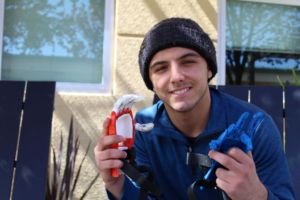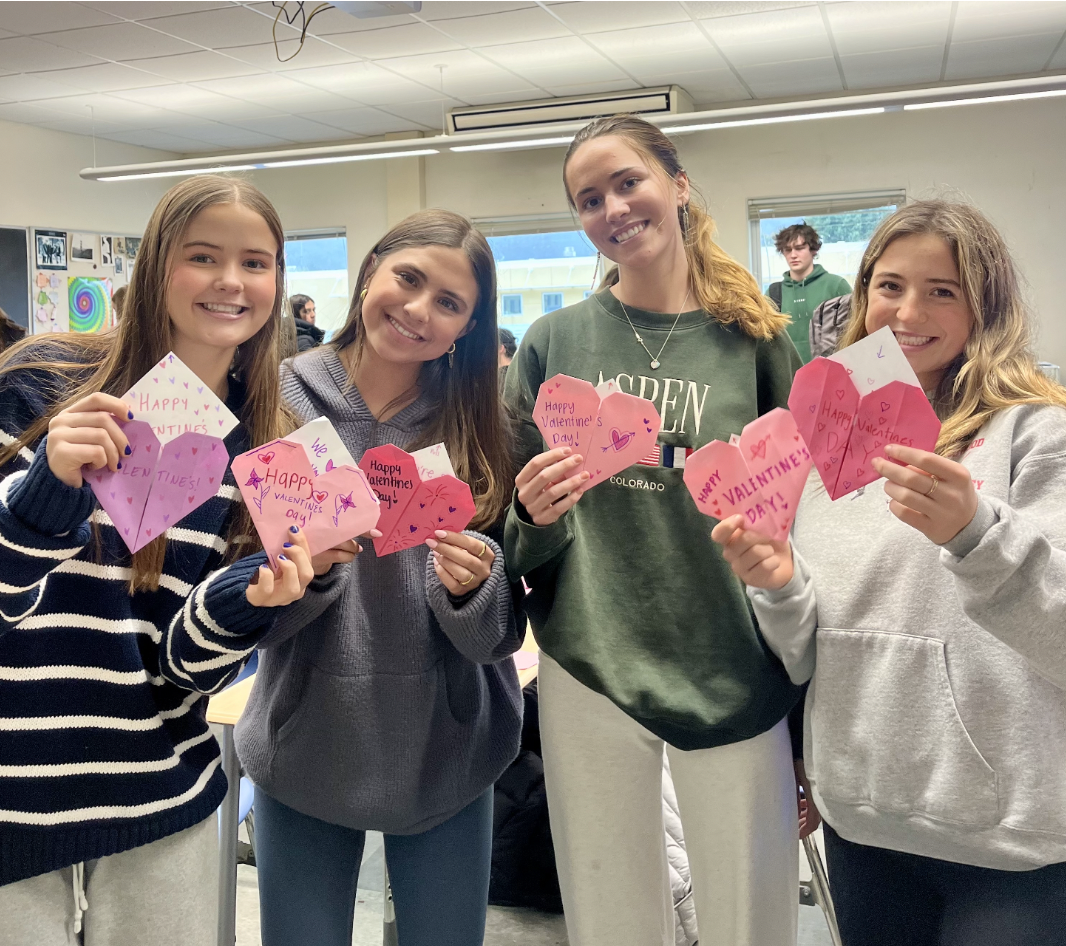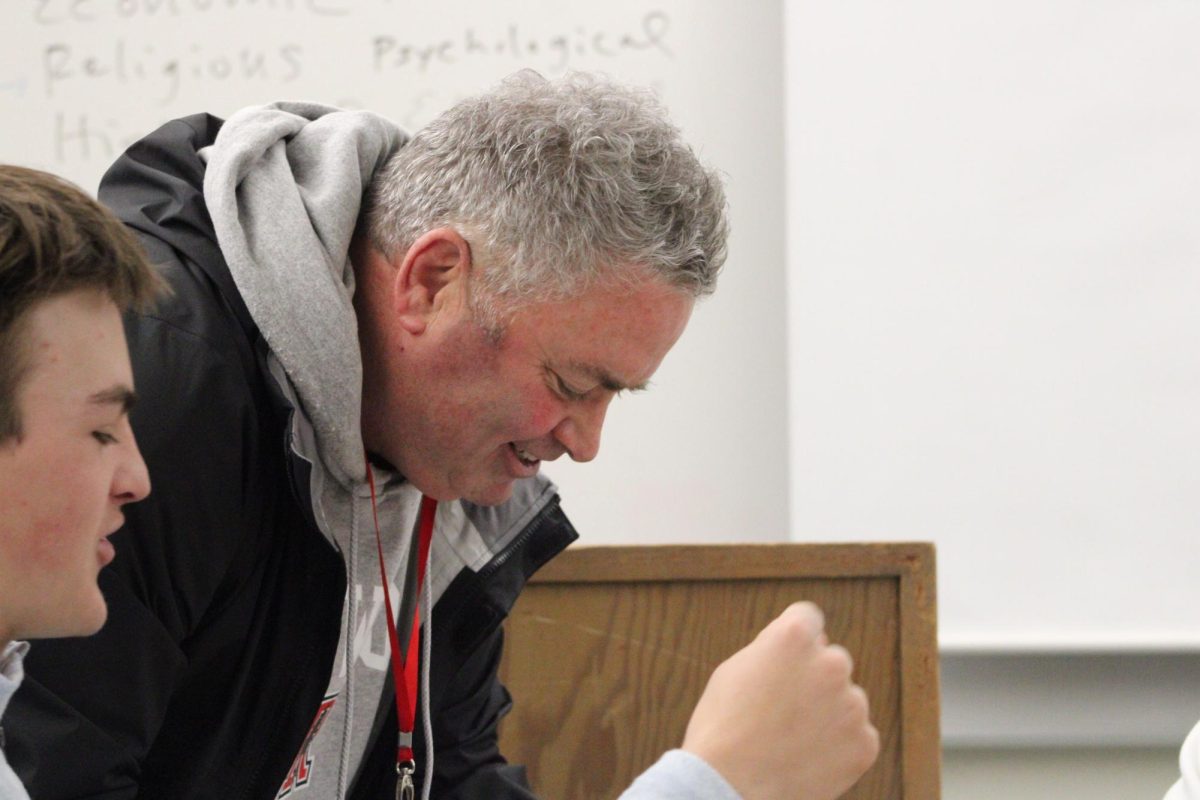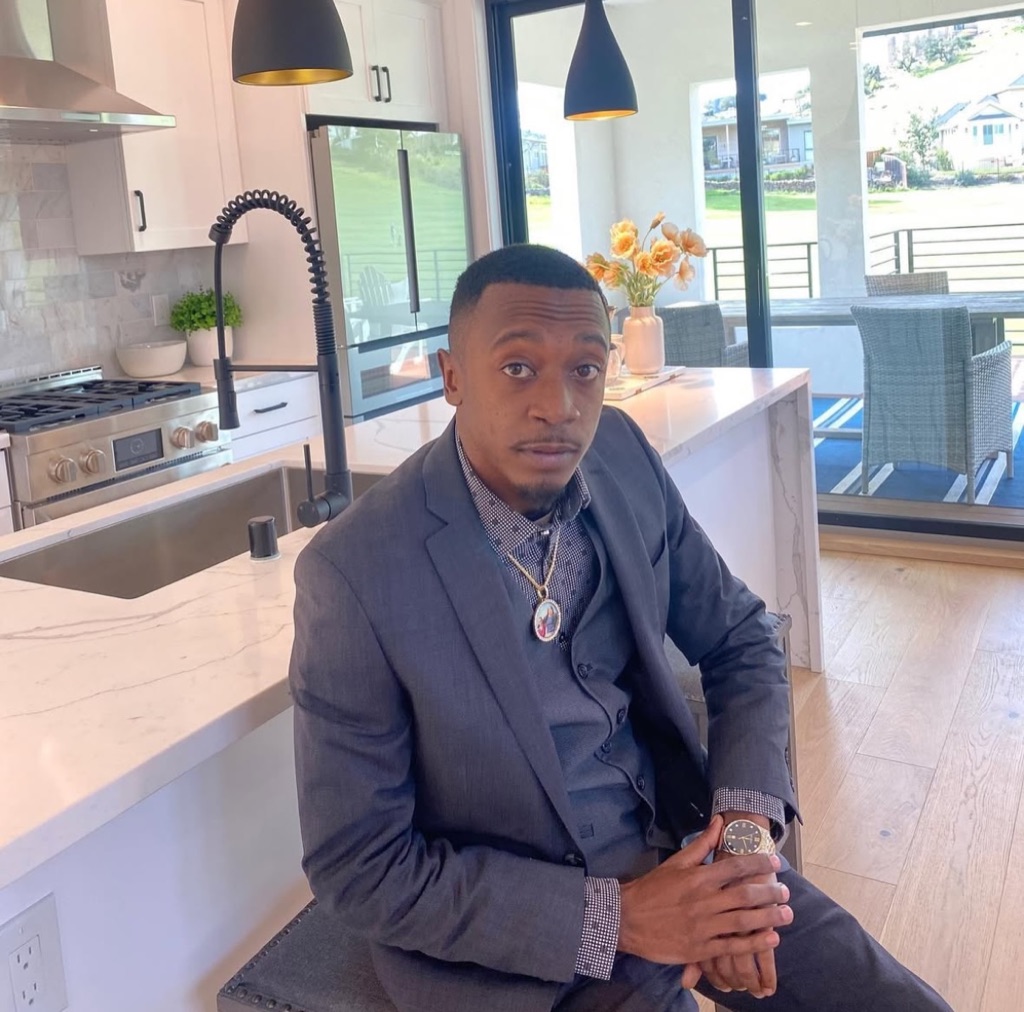Hands are a defining part of the human body. They are complex and unique to only a few organisms on Earth, but when they are lost, they never grow back. Luckily, technology has allowed us to create a substitute for them and that is exactly what sophomore Jaden Ramos has done.
Ramos’ interest in robotics and engineering stemmed from a young age, according to his middle school robotics teacher, Jeff Deboi. Deboi was the first to introduce Ramos to e-NABLE, an online community with the purpose of matching those who seek prosthetic hands

with those who build them. After hearing about the website, Ramos excitedly created a new goal for himself: to build a working plastic hand.
“I read an article about this technique of 3D printing that you could print a hand for a child for as little as $30, where a normal prosthetic hand would cost about two or three thousand. I showed Jaden and said, ‘Are you game to do this?’ and we started printing,” Deboi said.
It was through e-NABLE that Ramos was able to come in contact with Toth Alpar, the son of a man in Romania for whom he would eventually build a hand.
Ramos first connected with Alpar in December of 2017, after Alpar had made a post requesting someone to build his 59-year-old father a hand. Alpar said that his father was looking for a prosthetic limb to take the place of his lost body part.
“A few months ago my dad had an accident at work and lost a good part of his right hand working for people that don’t care about him,” Alpar said. “Living in a poor country like Romania, where no one cares about the poor people, he is still fighting for his rights, trying to get his dignity back. That’s where Jaden jumped in and decided to lend a hand.”
When Ramos saw his message for help, he immediately took advantage of the opportunity. He began emailing with Alpar and promptly offered his services.
“I jumped on that wagon really quick because I knew that if I didn’t make this hand for him, someone else would and I had been wanting to make a hand for so long,” Ramos said.

According to Ramos, the entire process of building was time consuming and difficult; however, he said he remained enthusiastic about the challenge. He spent about three hours every day working on the hand, on top of going to school, completing his homework and practicing and competing for the wrestling team. The 3D printers he used often malfunctioned and the only information he was given to build Alpar’s hand were the measurements of his arm, nothing physical. However, through donors and mentors like Deboi, Ramos was able to finish the operation in under four months.
“3D printers notoriously run into problems. Filament gets stuck and different issues arise, but Jaden was a great engineer and he was good at analyzing what’s wrong with the 3D printer today and then he would jump at that chance to try to prepare and fix it. He’s a born engineer. He’s really great about that and so enthusiastic,” Deboi said.
Soon after the hand was sent to Romania, Ramos received a video of Alpar’s father using the hand to do his daily chores. What would have seemed like a series of monotonous actions to an able-bodied person (sweeping, picking up buckets and carrying groceries) was a momentous moment in Alpar’s life. Ramos was elated.
“I was thinking, ‘Holy crap! Someone’s actually using this.’ It was one thing to think about and it was something else to see it because I worked really hard on this hand,” Ramos said.
According to Alpar, the hand made his father’s life increasingly easier. He is now able to do an array of chores and is even learning how to drive a stick shift. Though a prosthetic limb will never compare to flesh and bone, the father-son duo said they are incredibly grateful to Ramos and all the work he has done.
In the years since Ramos left his middle school, a club led by Deboi has formed with the goal of making prosthetic limbs. The members, who range from fifth to eighth grade, have been able to efficiently build a working prosthetic hand because of the guidelines Ramos left behind. Ramos plans to start his own club at Redwood next year for students looking to get involved with e-NABLE and other similar organizations.
“I’d say that [e-NABLE] is an awesome experience when you’re looking for community service,” Ramos said. “You’re going to help out someone. You’re going to change a life.”




!["I knew I wanted to be a writer. I wasn't a good student [at Redwood], but I wanted to be a writer, and I wanted to paint. I'm self-taught in all of it, which gave me an original voice," Paige Peterson said. (Photo courtesy of Paige Peterson’s website).](https://redwoodbark.org/wp-content/uploads/2025/02/ppeterson.png)


